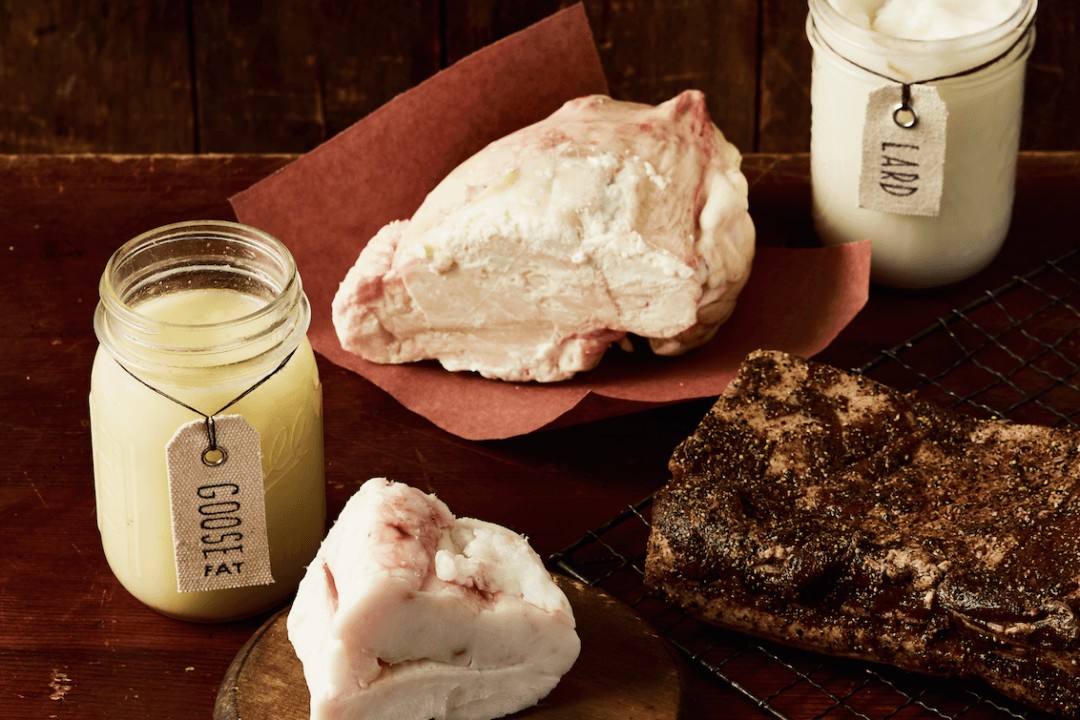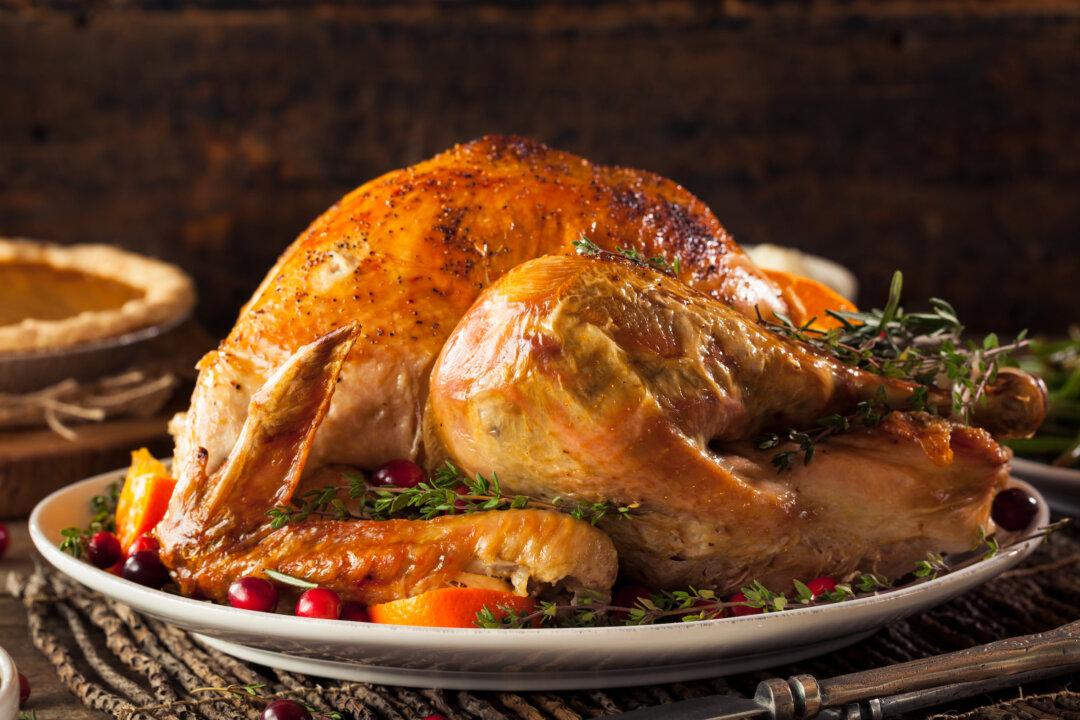Animal fats like lard, tallow, and poultry fats were traditionally the thrifty and delicious cornerstones of many cuisines. Now, they’re making a comeback in the kitchen. Here’s how to get reacquainted.
Where to Get It
With growing popularity comes growing accessibility for home cooks: High-quality, minimally processed rendered animal fats can now be widely found at many grocery stores, from producers like Fatworks and Epic Provisions. D’Artagnan’s duck fat, a reliable, albeit expensive chef favorite, is available online and in specialty food stores. Unrendered lard and beef fat, meanwhile, can often be sourced from your local butcher.Chances are, though, you already have plenty of animal fats at your disposal; unlocking their potential requires only simple changes to your existing cooking habits. Start by setting up your own refrigerator jar of drippings from cooking meats, chilling stocks and soups to harvest the hardened layer of fat that forms at the surface, and saving bits of skin and fat you’d normally trim off and discard. Andrea Chesman, author of the recently released “The Fat Kitchen,” keeps a supply of trimmed chicken fat in the freezer; once it accumulates to around a pound, she renders it into schmaltz.






